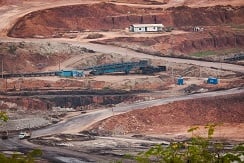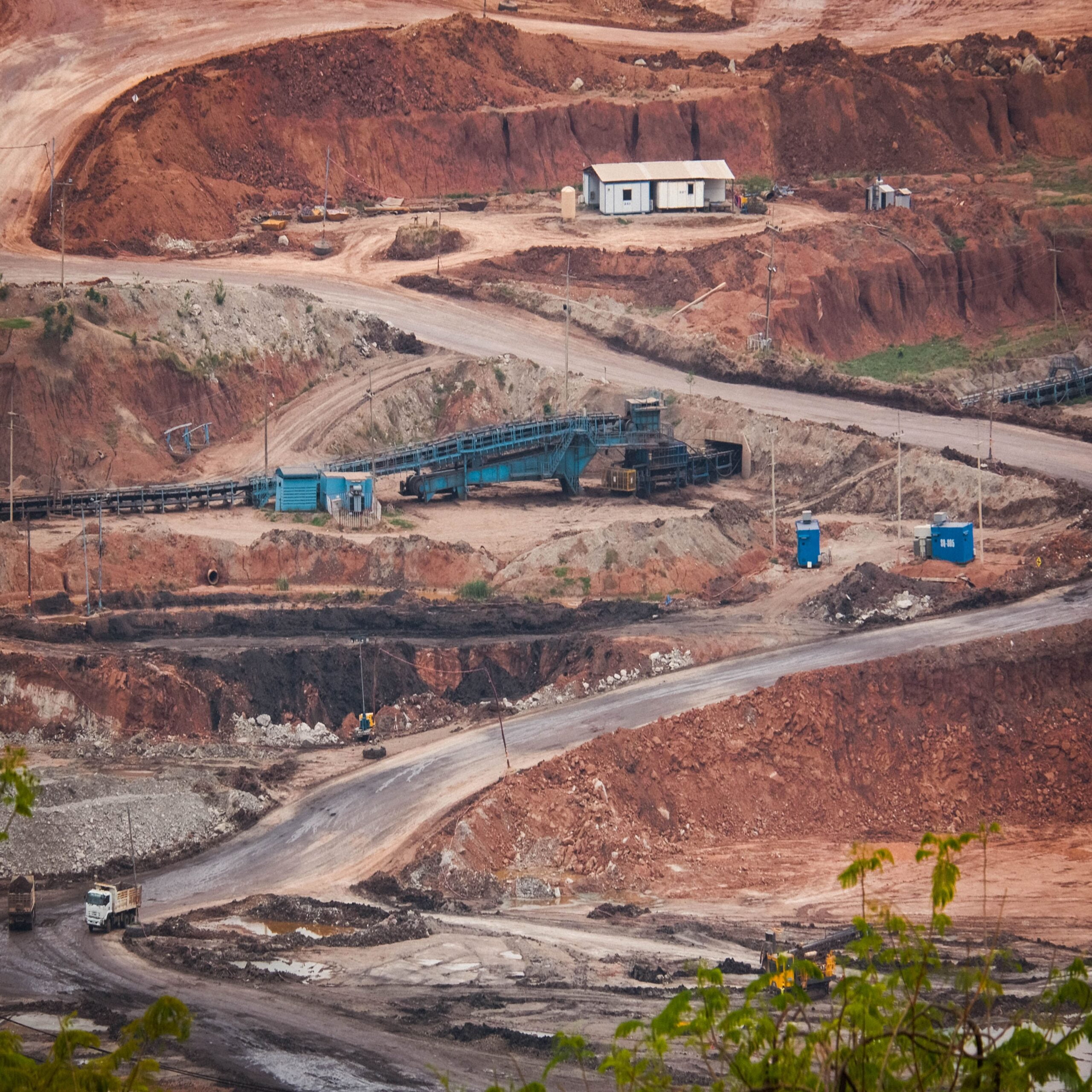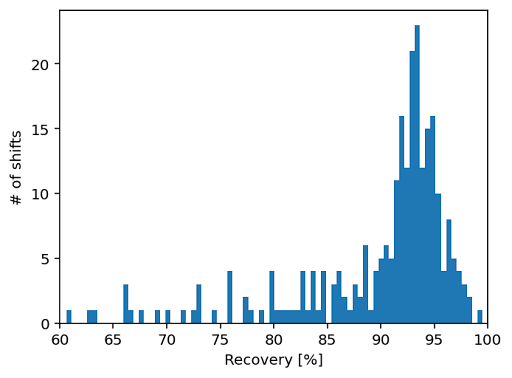

Mining companies need real-time data to properly maximize their efficiency. Making a fast-track delivery of the data with proper visualization is arguably the biggest challenge they face.
Achieving Operational Goals with the Help of Data Analytics
Mining companies always work towards several goals, such as: reducing costs, improving performance, and minimizing their environmental footprint. How can they achieve these goals? With the help of data analytics, companies can examine plant operations, process set points and parameters to better understand how to drive performance and profitability.
Every operation needs to first fully understand their process and recognize what they are missing in value. For instance, plants often experience shutdowns and slumps in productivity. However, they can rarely explain these issues in systematic way. This is where a data analysis tool can be used to quantify the impact and find the missing explanation.
One variable that metallurgical operations tend to focus on is throughput. However, while maximizing throughput, it is important to take a holistic approach and investigate all key performance indicators. For instance, increasing the throughput of a plant can cause reduced recoveries. Historical data should be analyzed to identify if there is a correlation between recoveries and throughput and to find the optimal regime of operation. Of course, in most situations, significantly more complex relationships between multiple variables need to be examined. Much of NTWIST’s effort in this space goes towards developing a user-friendly product that makes it easy and fast to analyze complex relationships in historical data.
Another challenge faced by plant staff is the lack of visibility of operational patterns leading to sub-optimal response to fast-changing conditions. Mining companies can utilize data analytics together with machine learning to identify hidden patterns and use this knowledge to make insightful decisions on the fly.
A Business Case for Data Analytics in Gold Extraction

The following business case is modelled (using obfuscated data) after NTWIST’s interaction with a gold mining operation that experiences fluctuations in metal recovery. While most shifts show recoveries well above 90%, there are a few instances where shift recoveries drop below 90%, as can be seen in the histogram plot. Eliminating the sub-85% recovery shifts can increase the average recovery by up to 3% which is equivalent to $5 million in additional revenue per 100,000 oz of gold production.
The key to unlocking the opportunity is finding influencer variables and their optimal values. Grind size is one common influencer of performance in leach circuits. Further examination of historical data for the mining operation using nDatum (NTWIST’s analytics tool) showed that tightening the control of grind size to ~25% of its historical range can improve the recovery by 1%, equivalent to $1.7 million per 100,000 oz of gold production. Although a tighter control of grind size increases the cost of electricity and grinding media, this cost is easily offset by only 10-20% of the revenue increase.



